Mars
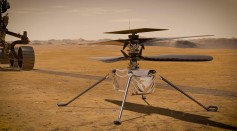
Ingenuity Mars Helicopter to Take Its Much-Awaited First Test Flight
‘Spiders From Mars’: A Breakthrough for Scientists in Finding Explanation Such an Occurrence on the Red Planet’s Surface
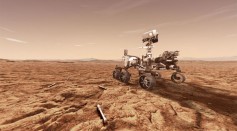
Researchers Identify 3 Bacterial Stains Aboard ISS That May Help Plants Grow on Mars

Apple iMac G3 Powers NASA’s Perseverance via 23-Year-Old Computer Processor
Evidence Suggests Mars Moons Phobos and Deimos Came from a Lost Moon
Mars Rover's Parachute Has a Secret Code and the Internet Just Solved It
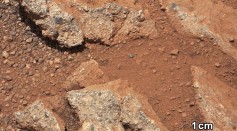
New Research Shows Microbes on Earth Could Temporarily Live on Martian Surface
Blue-Green Algae May Help Astronauts Survive on the Red Planet
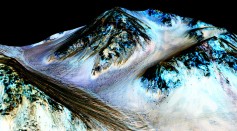
Terrains on Mars Might Be Far Older Than Previously Thought
NASA Engaging Scientists, Engineers to Determine Ice Water Deposits on Mars
3 Robotic Spacecrafts Expected to Land on Mars in Rapid Sequence This Month
Study Reveals Discoveries About the Martian Moon Phobos
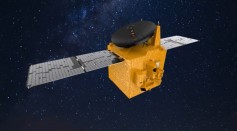
UAE's Hope Probe Is Less Than Two Weeks Away From Arriving Into Orbit Around Mars
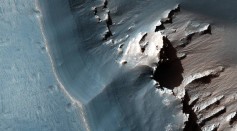
Did Experts Just Found Mars Mineral in an Antarctic Ice Core?
Most Popular

How Technology Is Changing the Real Estate Industry?

AI Revolution in Medical Education: Transforming How Healthcare Professionals Learn

Nikolay Karpenko Biography, Photo, Career, Accomplishments

Zombie Star Set to Light Up Night Sky: Blaze Star Could Erupt Soon





